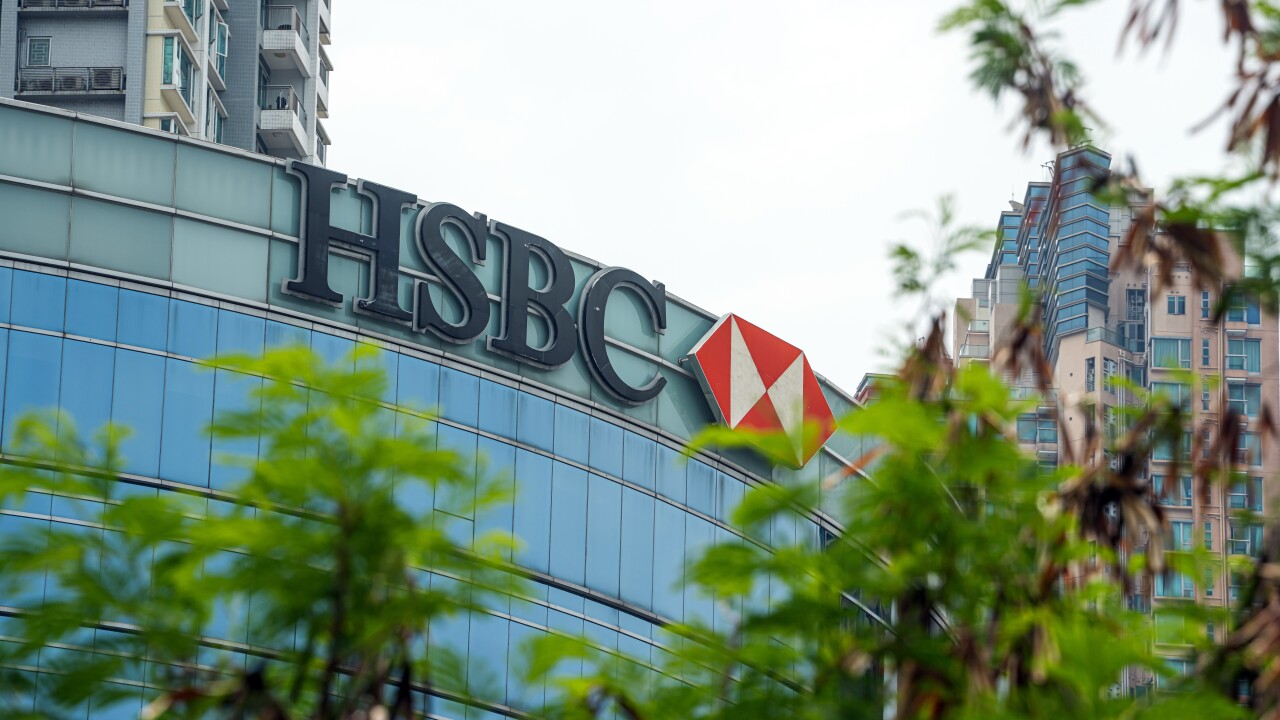-
The promising Senate bill needs to do more to ensure an affordable market for multifamily mortgages, aid historically underserved borrowers and protect struggling homeowners.
August 6 -
Even free-marketeers must recognize initial conditions. The markets we have today are set up to invest in government-guaranteed mortgage-backed securities. To remove the guarantee without crippling damage would take decades.
July 24 -
The Corker-Warner bill and House GOP bill both understand that the fundamental GSE model is insidious and needs to be definitively terminated.
July 23
That the
The political change in heart isn't likely due to revulsion to Fannie Mae's and Freddie Mac's political patronage now suspended in conservatorship as the new system provides unlimited opportunities for that.
It isn't to foster more competition: there was a lot of competition between Fannie Mae and Freddie Mac and during the last decade from private securitizers as well.
It isn't to eliminate the inherent conflict of interest in the "originate-to-distribute" mortgage banking model, the foundation of the proposed origination system.
It isn't to eliminate the greed driving private label securitizers, the foundation of the proposed funding systems.
It certainly isn't to abandon political housing goals relating to continued support for fixed-rate mortgage lending, access to homeownership and affordable housing, the stated reason for
The political response to a systemic failure in the financial markets is: first, admit no blame; second, avoid a future transparent public disaster easily traced back to politicians; third, please constituent groups to get "industry" support.
So what's new?
It is ironic that after five years of determined efforts to portray Fannie and Freddie as victims only partly true - both political parties propose eliminating them now that the patronage has dried up in conservatorship rather than simply nationalize them. Wall Street and "too big to fail" banks now one and the same benefited greatly from Fannie Mae and Freddie Mac, even as the latter shared the profits of the public-risk-for-private-profit model. Corker-Warner eliminates two big competitors who were less reckless during the subprime lending debacle admittedly due to charter restrictions than their TBTF bank competitors.
Federal Reserve Chairman Ben Bernanke
"If the government does play a role then it should be fairly compensated," Bernanke said. "Instead of having an implicit guarantee that it ended up having to make good on, like the [Federal Deposit Insurance Corp.] or some other similar institution it should receive some kind of insurance premium."
This Fed endorsement represents an about-face as the
By pretending to treat the guarantee problem as actuarial rather than political, Corker-Warner can garner the support of all the traditional lending and housing lobbies that historically supported Fannie Mae and Freddie Mac. This is wrong on several levels.
First, federal government guarantees are the opposite of insurance. Insurable mortgage credit risks are those that can be mitigated with upfront loan underwriting with the remaining independent default risks actuarially priced based on the "law of large numbers." The implicit guarantee implicit because it was inferred by Wall Street rather than granted by Congress was really a market "assurance" that the federal government primarily the Federal Reserve would avoid macroeconomic catastrophes, such as housing bubbles, i.e., systemic risk.
Second, the government has no inherent comparative advantage in the insurance business. It achieves monopoly status due to its implicit opaque subsidies, allowing it to dole out political favors. As a "federally sponsored" mortgage insurer the Federal Housing Administration, for example, is allowed to have a fraction of the capital of a private insurer, saving the cost of capital. As the private returns to capital are heavily taxed, FHA also receives substantial tax benefits. Moreover, federal monopolies can generally charge higher prices to new purchasers as FHA does whenever it gets into trouble in spite of these subsidies.
The biggest challenge since federal politicians first began offering protection in 1934 limited deposit insurance to small depositors has been to mitigate moral hazard. Guarantees both as they apply to GSEs and banks were the centerpiece of the public-risk-for-private-profit model that caused the
As a price for protection, politicians required widespread availability of cheap mortgage credit requiring tax and credit subsidies delivered opaquely by enabling extreme leverage, the primary source of systemic risk that caused the 2008 financial crash. Actuarially sound public insurance is an oxymoron.
Dodd-Frank virtually ignored the fundamental moral hazard problem, proposing only a 5% risk retention requirement for securitization intended as "
The protections in the proposed Federal Mortgage Insurance Corporation in Corker-Warner in investor coverage down to 90% (Fannie Mae and Freddie Mac historically had private mortgage insurance coverage down to 75%) and a minimum borrower down-payment of only 5% (Fannie and Freddie required a 20% cash down payment or private insurance) are way too weak to actuarially price even with the proposed, but politically vulnerable 5% capital requirement.
This is change we shouldn't believe in!
Kevin Villani, chief economist at Freddie Mac from 1982 to 1985, is a principal of University Financial Associates and an executive scholar at the Burnham-Moores Center for Real Estate of the University of San Diego.





